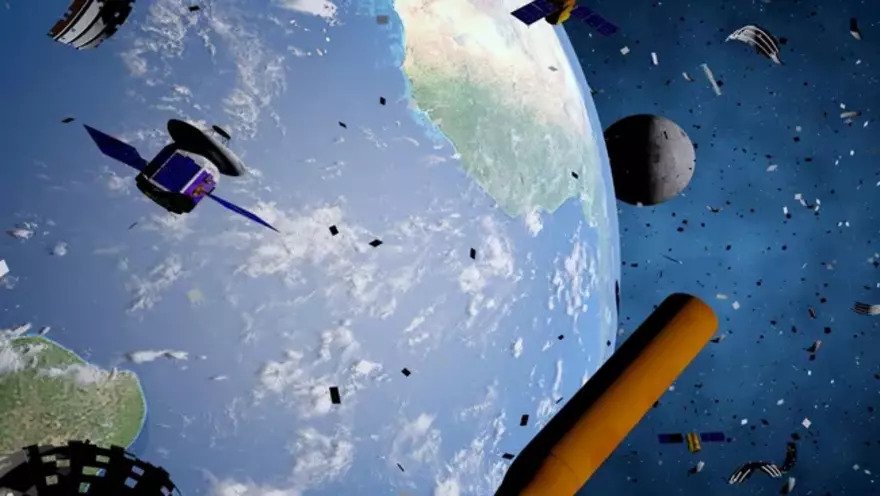There are numerous particles in the Earth’s stratosphere that are formed after the combustion of space junk. Scientists fear that an increase in the number of launches can destroy the planet’s ozone layer.

Earth’s ozone layer
NASA scientists have recently received confirmation of their long-standing fears that an increase in the number of rocket launches can lead to the destruction of the Earth’s ozone layer. Alarming results were obtained after high-altitude flights of aircraft, WB-57 and ER-2.
Ozone is a molecule that consists of three oxygen atoms. In natural conditions, it is formed at high altitude under the influence of high-energy radiation. This gas is usually enough for it to form a thin shell, which at the same time retains most of the hard ultraviolet radiation, which is harmful to life.
However, human activity over the past decades has repeatedly put this natural shield at risk. In the second half of the XX century, the substances used in refrigerators and various sprays severely destroyed it. However, after these compounds were no longer used, the ozone layer gradually recovered.
Space debris didn’t burn up completely
NASA aircraft have repeatedly risen into the stratosphere to a height of up to 19 km. This is the layer of the gas envelope of our planet that is higher than the troposphere, in which most conventional flights take place. And the sensitive sensors on board these vehicles found something really unusual.
There is too much lithium, aluminum, copper and lead in the Earth’s stratosphere. There are significantly more of these substances there than could have been formed as a result of the precipitation of cosmic dust and micrometeorites. And the chemical composition does not really correspond to natural sources.
But this chemical composition is very similar to the works of the human mind, especially satellites. They are specially designed so that they burn up in the upper atmosphere and their debris does not reach the Earth. And it is considered to be good.
However, it turns out that they do not burn completely, and small metal particles end up exactly where the ozone layer is located, which they can disrupt. Especially dangerous in this regard is aluminum oxide, which actively reacts with it chemically. In addition, its particles can change the albedo of the Earth as well as the climate.
The worst part is that the pieces of metal are so small that they will never fall to the Earth. If the number of satellite launches increases, the ozone layer will be completely destroyed, and solid clouds of space debris will form in its place.
According to www.space.com
Follow us on Twitter to get the most interesting space news in time
https://twitter.com/ust_magazine
